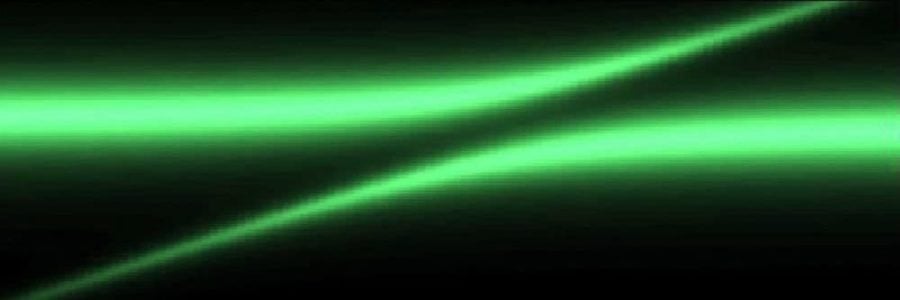In the quantum world, physicists study the tiny particles that make up our classical world – neutrons, electrons, photons – either one at a time or in small numbers because the behaviour of the particles is completely different on such a small scale. If you add to the number of particles that are being studied, eventually there will be enough particles that they no longer act quantum mechanically and must be identified as classical, just like our everyday world. But where is the line between the quantum world and the classical world? A group of scientists from Okinawa Institute of Science and Technology Graduate University (OIST) explored this question by showing what was thought to be a quantum phenomenon can be explained classically. They have recently published their results in Physical Review Letters.
“We wanted to know about the relationship and interactions between light and matter,” Prof. Denis Konstantinov, author and leader of OIST’s Quantum Dynamics Unit said. “By light we mean electromagnetic fields: radio waves, microwaves, or light. They are all described by the same laws in physics. By matter, we mean a collection of tiny particles, like atoms or electrons.”
Specifically, the team was interested in strong coupling in light-matter interactions where there are a large number of particles that make up the matter. Strong coupling is when the light and the matter are both affected by the interactions. In most circumstances, the light is not affected when light and matter interact. For example, a boat in the ocean is affected by the waves, but the ocean is not really affected by the presence of the boat. Strong coupling is interesting because both the boat (matter) and waves (light) are strongly affected by the interaction with the other. Generally, this has been thought of as a quantum effect. However, the researchers wanted to explore the boundary between the quantum and classical worlds.
“Everyone agrees that if you have a collection of a large number of quantum particles it is classical and if you have light trapped in a cavity, it is also classical,” Konstantinov said. “But then, if we bring them together and strongly couple them, it somehow becomes quantum. This didn’t seem quite right to us.”
To see whether this type of strong coupling could be explained classically, the researchers took a collection of tens to hundreds of millions of electrons on the surface of liquid helium, which exists at very low temperatures. They then brought the electrons into a cavity containing electromagnetic microwaves. From there, the electrons and the waves could interact and the team observed changes in both the electrons and the electromagnetic waves.
“We saw strong changes in the electromagnetic wave frequency while they were interacting with the electrons and strong changes in the electrons’ activity as well,” Konstantinov said. “This is a signature of strong coupling.”

From there, they successfully created a classical model that described the phenomenon of strong coupling that they were seeing experimentally. This meant that strong coupling with large amounts of particles could be categorized in the classical world instead of the quantum world as previously thought.
“The transition from the quantum world to classical behaviour is not really clear. But in this case we have shown where the quantum ends and the classical begins,” Konstantinov said. “However, while this strong coupling itself is classical, it does not mean that nothing is quantum. You can bring this system to a quantum regime by introducing non-linearity like a qubit.”
Qubits are units of quantum information that are integral to quantum computing because they exist in a superposition of two states and can hold a much larger amount of information compared to a regular bit used in normal computers. Understanding strong coupling and their relation to qubits could be significant for the development of quantum computing.
“Strong coupling is very important for quantum computing,” Konstantinov said. “If you have strong coupling you can exchange quantum information between qubits, light, and particles, which can serve as quantum memory.”


